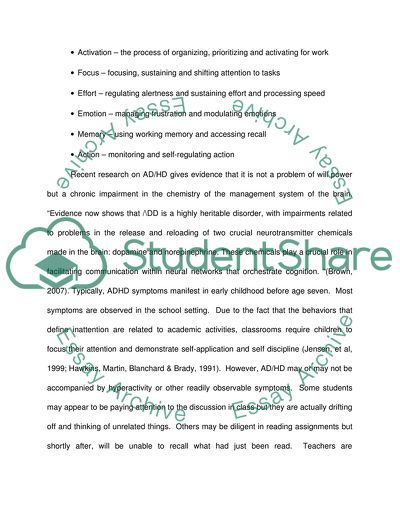Cite this document
(Reading Interventions for Children With Learning Disabilities Research Paper, n.d.)
Reading Interventions for Children With Learning Disabilities Research Paper. Retrieved from https://studentshare.org/education/1738370-literature-review-special-education-students-reading-below-grade-level-and-possible-solutionsprogramsinterventions-to-implement
Reading Interventions for Children With Learning Disabilities Research Paper. Retrieved from https://studentshare.org/education/1738370-literature-review-special-education-students-reading-below-grade-level-and-possible-solutionsprogramsinterventions-to-implement
(Reading Interventions for Children With Learning Disabilities Research Paper)
Reading Interventions for Children With Learning Disabilities Research Paper. https://studentshare.org/education/1738370-literature-review-special-education-students-reading-below-grade-level-and-possible-solutionsprogramsinterventions-to-implement.
Reading Interventions for Children With Learning Disabilities Research Paper. https://studentshare.org/education/1738370-literature-review-special-education-students-reading-below-grade-level-and-possible-solutionsprogramsinterventions-to-implement.
“Reading Interventions for Children With Learning Disabilities Research Paper”, n.d. https://studentshare.org/education/1738370-literature-review-special-education-students-reading-below-grade-level-and-possible-solutionsprogramsinterventions-to-implement.


